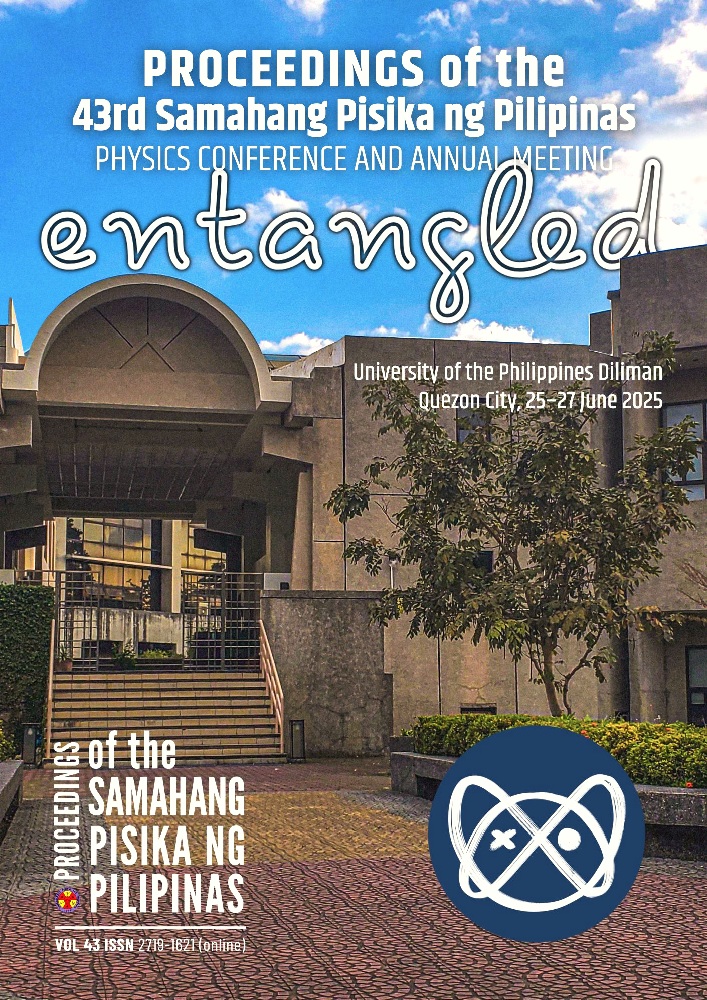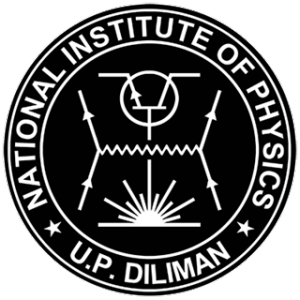Prediction comparison of deep neural network and random forest regression on cubic and orthorhombic lattice constants
Abstract
Important electronic properties of crystalline solids depend on their crystal structure, described by lattice constants. First-principles density functional theory (DFT) calculations are accurate, but resource intensive for high throughput studies. Machine learning may offer faster alternatives. We develop, evaluate, and compare deep neural networks (DNN) and random forest regression (RFR) for predicting lattice constants in cubic and orthorhombic crystal systems across five runs each. For cubic systems, DNN achieved R2 = 0.9506 and MSE = 9.145 x 10−5, while RFR achieved R2 = 0.9999 and MSE = 2.072 x 10−7. For orthorhombic constants a, b, and c, DNN achieved R2 = 0.4636, 0.5279, 0.4698 and MSE = 1.045 x 10−2, 7.144 x 10−3, 8.837 x 10−3, respectively; RFR achieved R2 = 0.8596, 0.8403, 0.8298 and MSE = 4.762 x 10−4, 4.278 x 10−4, 5.635 x 10−4, respectively. While RFR achieves higher accuracy, DNN is significantly faster with a runtime over 20 times shorter than RFR for cubic, and 14 times shorter than RFR for orthorhombic crystal systems.
Downloads
Issue
Entangled!
25-28 June 2025, National Institute of Physics, University of the Philippines Diliman
Please visit the SPP2025 activity webpage for more information on this year's Physics Congress.
SPP2025 Conference Organizers
SPP2025 Editorial Board
SPP2025 Partners and Sponsors











